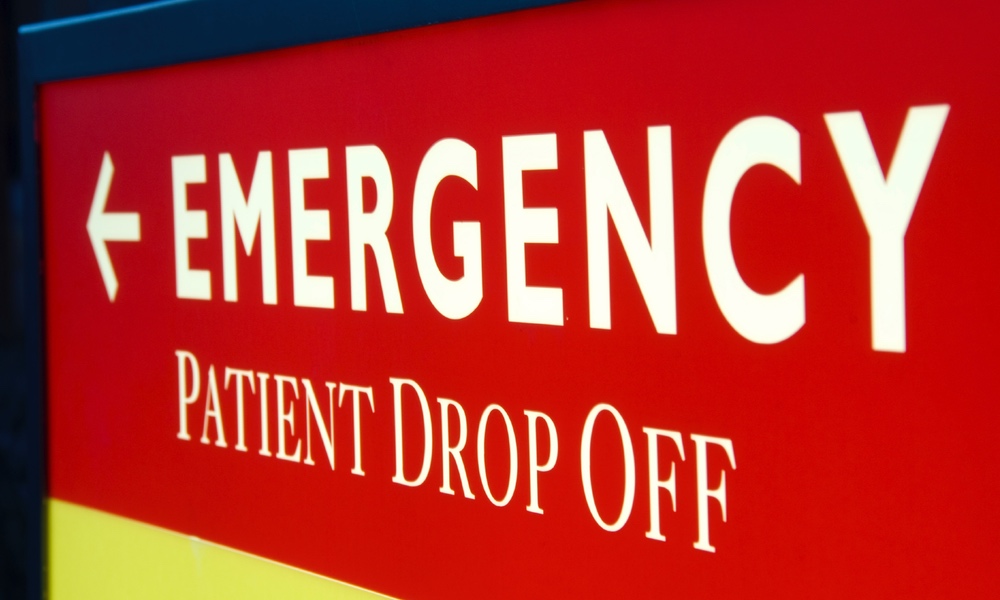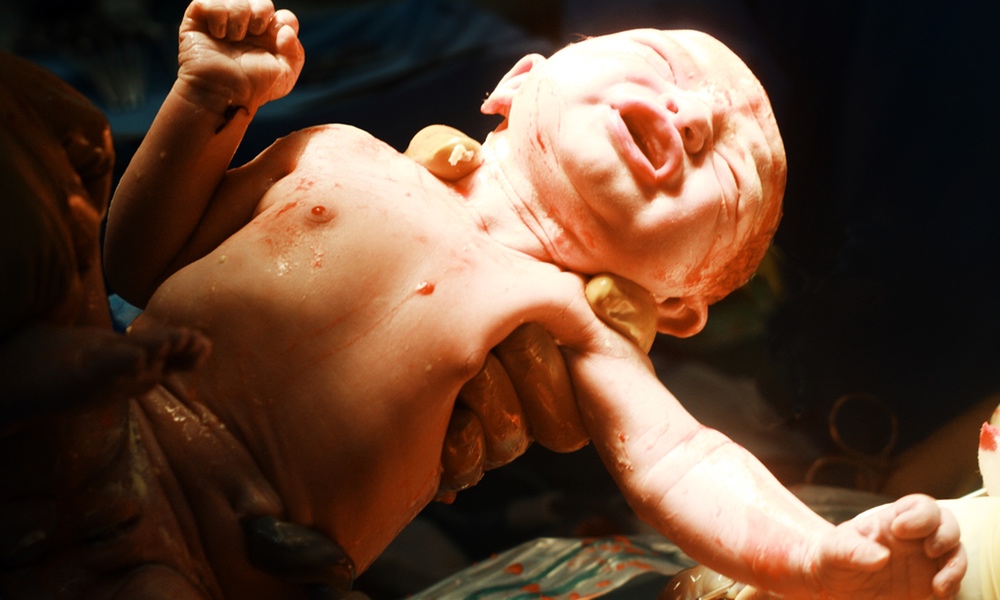Doctors never take head injuries in sports lightly. The problem is that people may not realize what is at stake if they don’t allow themselves a full recovery before getting back to their regular routines. The risk is even greater for young athletes, who are especially likely to rush back into action.
A new case study tells the story of a young football player who suffered what’s known as second impact syndrome (SIS), which happens when a head second injury occurs before full recovery from the first. The outcome is often fatal.
The young man sustained helmet-to-helmet impact from another player during a play. He complained of dizziness and visual problems soon after, but continued to play in the game.
The public has become more aware in recent years of the serious dangers of traumatic brain injuries, particularly over the long-term, since they can lead to chronic traumatic encephalopathy (CTE), a form of dementia that has stricken sports stars like Dave Duerson and Derek Boogaard. But the damage from head injuries in contact sports can occur on a much shorter term than this, and leave a young player with severe neurological deficits, particularly in the case of SIS.
Unfortunately, the young man decided to return to practice the next day and took part in hitting drills. Over the course of the practice, he began to be slower standing up after hits, and finally collapsed and became unresponsive; he then suffered a seizure.
The patient was brought to the local ER and another CT scan showed that he had subdural hematomas (collections of blood) on both sides of his brain. He was then airlifted to a university hospital, where it was discovered that the pressure within his skull was very high from the hematomas and some swelling of the brain. The result of this was that certain parts of the brain were shifted in a downward direction (herniation); some areas of his brain became softened from the pressure. He was still barely responsive at this point.
The doctors hope that cases like this will encourage coaches, parents, and physicians to be more attuned to the seriousness of head injuries since they can lead to permanent damage.
Among the side effects of his injuries that were treated in the hospital were "hypotension, renal failure, sepsis, pneumonia, and temporary cardiac arrest." When he was released, after 98 days, he still couldn’t walk or talk. Three years after the injuries, the authors of the report say he had regained most of his speech, but was still confined to a wheelchair and had certain persisting behavioral changes, like impulsiveness.
The case study was written by doctors at the Indiana University School of Medicine and the Northwest Radiology Network in Indianapolis. It is published in the Journal of Neurosurgery: Pediatrics.




